That's what Grid is for. You can put a grid inside the cell of a grid, or you could use the outer grid in combination with ColumnSpan:
<Grid MaxWidth="240">
<Grid.ColumnDefinitions>
<ColumnDefinition Width="Auto"/>
<ColumnDefinition Width="*"/>
</Grid.ColumnDefinitions>
<Label Content="Client Name" Grid.Column="0" />
<Border Grid.Column="1" ... />
</Grid>
The first column gets as much space as it needs, the second as much as it can get (which can be more, or less, than it needs). The MaxWidth which I put on the grid is optional. it makes sure the Client Name is cut off if it exceeds a certain length.
There are several other ways of doing this, but I find Grid is the most flexible and the easiest to maintain, despite requiring more characters to write.
The approach given by kidshaw:
<DockPanel LastChildFill="True">
<Label Content="Client Name" DockPanel.Dock="Left" />
<Border ... />
</DockPanel>
The next one will draw the label on top of the border, but requires knowing the background color, which won't work if the background is a gradient or image:
<Border ... />
<Label HorizontalAlignment="Left" Content="Client Name" Background="White" />
Here's a different question that, although the question asked is quite different, has the same answers: How to get StackPanel's children to fill maximum space downward?
